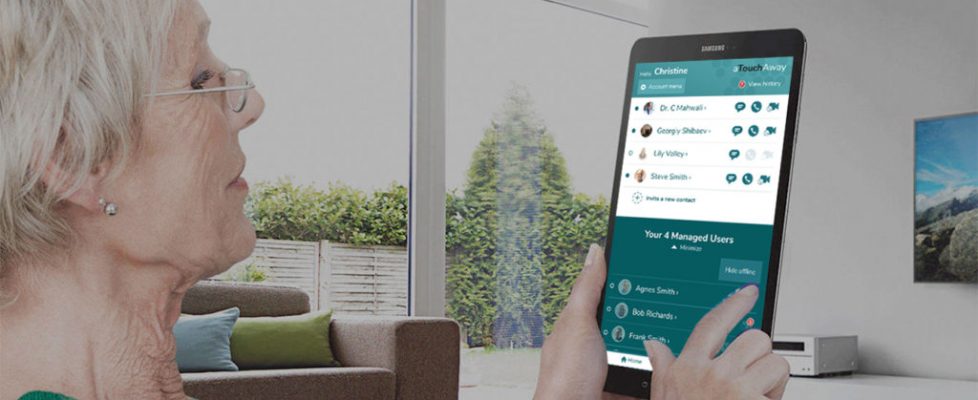4 Ways to Use Technology Against the Pandemic
SEATTLE, Washington — The Coronavirus Aid, Relief and Economic Security (CARES) Act is offering funds for tech upgrades across the United States. This is incentivizing companies to adapt to new technology faster than before. There are some great breakthroughs that have already come from this concept. Here are four ways the world is using technology against the pandemic.
UVD Robots
Ultraviolet Disinfection (UVD) robots kill 99.99% of bacteria in 10 to 15 minutes as it moves autonomously through the room. It uses Ultraviolet-C light to destroy the RNA in viruses and DNA in bacteria. Dr. Christiano Huscher, of the Policlinico Abano chains of hospitals in Italy, turned to the UVD robots after six doctors were infected with COVID-19. Dr. Huscher claims that none of his doctors, nurses or patients have gotten infected since he started using the UVD Robots. The robots come from Blue Ocean Robotics in Odense, Denmark. The company began developing these robots in 2014. Robots are just one way the world has adapted to using technology against the pandemic.
The Policlinico Abano clinics are not the only ones turning to UV light for disinfection. In New York City, the Metropolitan Transportation Agency (MTA) began a pilot program to use UV lamps to clean the city’s trains and buses as the city reopens in phases. The transportation agency announced on May 19 that it will use “150 dual-headed mobile devices” from PURO Lighting. The lamps will be used overnight when the city will be closing the trains from 1 a.m and 5 a.m.
Oura Rings
As NBA players take to the court again in Orlando, all the players in the Orlando bubble will be wearing an Oura ring. An Oura ring is a $300 ring with tiny sensors that can detect signs or symptoms before the person gets sick. The company that created the rings claims proven reliability of 99.99% compared to electrocardiograms. The ring measures heart rate variations with 98.4% reliability, and it can detect temperature changes as small as .05 degrees. Oura donated thousands of these rings to front-line workers and first responders to test their capabilities.
Researchers at the Rockefeller Neuroscience Institute reported that the ring can predict illness up to three days before a person has a cough, fever or other symptoms. The University of California, San Francisco is conducting a study to help identify COVID-19 patterns to better improve the ring’s ability to detect the virus. The ring is not currently the end-all-be-all of COVID-19 testing. The symptoms associated with the virus are like the symptoms associated with the flu and other maladies. The Oura ring is just another process in the NBA’s rigorous screening process. The ring tracks the relative temperature as the person sleeps and shows the daily temperature trends via an app on the person’s cellphone.
Contact Tracing
Technology has played an important part in tracking coronavirus. Tools like migration maps use cellphones, mobile payment apps (i.e. Samsung Pay, Google Pay, Apple Pay, etc.) and social media to collect real-time information. This allowed the Chinese authorities to use technology against the pandemic by tracking people in Wuhan, the epicenter of the pandemic. By using machine learning models, China was able to use the acquired data to predict the transmission dynamic of COVID-19 and guide border checks and surveillance.
Sweden uses a platform for healthcare workers “to report real-time data” on patients with COVID-19, available personal protection equipment (PPE) and ventilators along with other information. This information is being shared across the country with authorities to determine the state of facilities, allocate resources and increase hospital bed capacity.
“UpCode uses data provided by the Singapore Ministry of Health to depict infection trends across age, sex, and location, and to plot the recovery time of infected individuals.” John Hopkins University’s coronavirus dashboard and HealthMap provide “up-to-date visuals of cases and deaths around the globe.” Artificial Intelligence (AI) algorithms also allow the incorporation of the effect of the climate into the projected data.
Telehealth Technology
The way the ill seek treatment from their physicians has changed the way people are using technology during the pandemic. To reduce exposure to infected people, cut down on PPE usage and minimize the number of patients in the hospitals, the healthcare industry has turned to telehealth. Telehealth reduces the transmission risks of COVID-19 while allowing healthcare personnel (HCP) to care for patients.
Telehealth is not new, but like a lot of communication-based technology, it has come to the forefront during the quarantine. The obvious benefit of telehealth is that it increases social distancing. It allows doctors to screen potential COVID-19 patients and refer them to the appropriate course of action. It also allows for therapists and psychiatrists to continue the treatments and consultations with their patients. Telehealth allows professionals to provide education and training for other HCP, especially those in rural areas. There are limitations to Telehealth, such as the patient’s or HCP’s familiarity or level of comfort with technology and their level of access to technology and the internet.
Overall, there have been advances in technology that have helped the world begin to cope with COVID-19. Using technology against the pandemic is one small way that people can begin to normalize their lives again. Essential services like being able to speak to a doctor or therapist through Telehealth and UVD Robots protecting frontline workers are just some ways that technology can help combat COVID-19.

